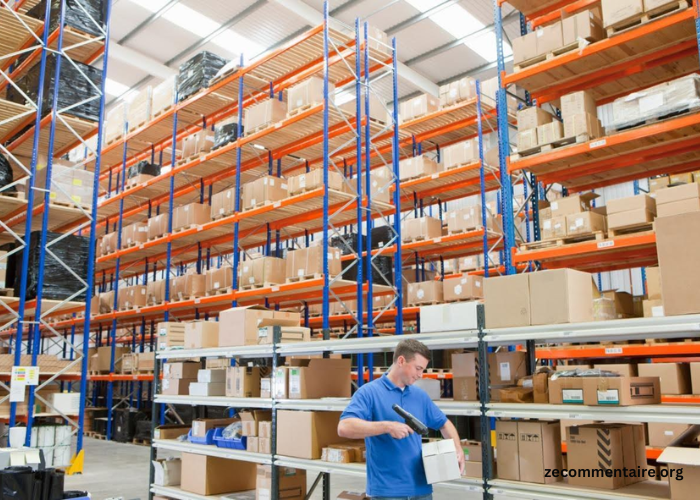Space optimization is a critical aspect of warehouse inventory control. It involves maximizing storage space while maintaining efficient and organized operations.
In today’s fast-paced business world, consumer demands are always changing. So, managing inventory and warehouse space effectively has become more important than ever.
Maximizing Capacity Utilization
Optimizing space is an important part of managing warehouse goods so that you can store as much as possible. Warehouse capacity management is the process of making the best use of the space you have so you can store more items.
Wasted space in a warehouse can lead to extra costs. This includes renting extra space.
Activities may also be slowing down because the aisles and storage are a mess. By optimizing their space, companies can cut down on unnecessary costs and make more money.
Improving Storage Efficiency and Accessibility
Efficient warehouse inventory control focuses on accessibility. Businesses can make sure that all their items are easy to find and store by using their space best. This helps to make things run more smoothly and cuts down on the time it takes to fill orders.
Getting the most out of the space available also makes warehouse processes more efficient. With well-organized storage, employees can find and pick items for orders faster. They won’t waste time looking through shelves that are too crowded.
Preventing Inventory Errors and Loss
A disorganized warehouse can lead to errors in inventory management. This includes misplaced or lost items.
This can result in inaccurate stock levels. This can lead to customer dissatisfaction and loss of revenue.
Businesses can lower the chance of inventory mistakes. They can do this through efficient space use and effective storage systems. It also cuts down on losses caused by lost or misplaced items.
Accommodating Growth and Expansion
As businesses grow, their inventory needs also increase. Warehouse space must be able to accommodate this growth.
With space optimization, businesses can make the most out of their warehouse capacity. It allows them to expand their inventory without having to invest in extra storage space.
Adapting to Changing Needs
Businesses must be able to change with the times and meet new needs and trends. Businesses can alter their storage layout to meet changing inventory needs.
This will allow them to make the best use of warehouse space. This keeps the warehouses efficient and organized as the business grows and changes.
Enhancing Safety and Compliance
A cluttered and disorganized warehouse can also pose safety risks. This includes accidents due to falling items.
Or, employees getting injured while navigating through congested aisles. Through space optimization, businesses can create a safer working environment for their employees.
This reduces the risk of workplace injuries. It also ensures that warehouses follow safety regulations.
Reducing Operating Costs
Space optimization can also help keep operating costs down. Businesses can cut down on the need for extra storage room and labor costs by making better use of the space they already have.
Efficient use of space also reduces the time needed for inventory management. In this way, time and money are saved.
Enhance Space Optimization in Your Warehouse Now!
Space optimization is a crucial aspect of warehouse inventory control. Implementing effective space optimization strategies can help businesses streamline their warehouse operations. It also increases their profitability. So, businesses need to focus on space optimization in their warehouse management strategies. It ensures that they stay competitive and able to meet the ever-changing demands of their customers.
Is this article helpful? Keep reading our blog for more.





